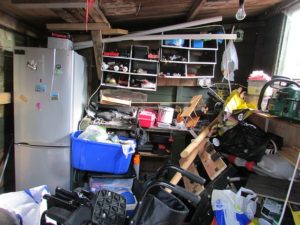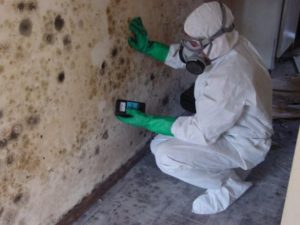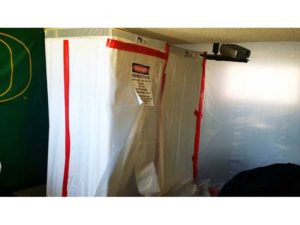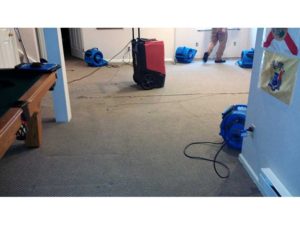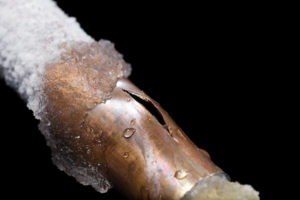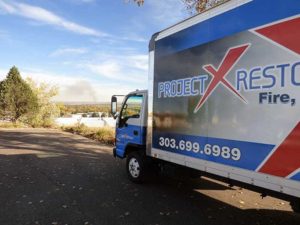 At Project X Restoration in Denver, we know it’s important that you understand how to protect your home from common causes of fires. One disaster that is often the most devastating on families and homeowners is a fire. Aside from the damage to your property and belongings, the worst part is that a large majority of such fires are completely preventable. So, we have put together the following list to help prevent it from happening to you.
At Project X Restoration in Denver, we know it’s important that you understand how to protect your home from common causes of fires. One disaster that is often the most devastating on families and homeowners is a fire. Aside from the damage to your property and belongings, the worst part is that a large majority of such fires are completely preventable. So, we have put together the following list to help prevent it from happening to you.
The most common house fires start in the kitchen and are often caused by leaving something cooking on the stovetop or from careless use of flammable oils and grease.
To prevent this from happening, never leave something cooking in your home when no one is home. There is always a chance that you will delayed in getting home and it may be too late by the time you arrive. Leaving something simmering on the stove while you nap or perform other tasks is also a bad idea. People often think that slow cookers can be left unattended without issue and this can be a surprising cause of fire. Be sure to check your slow cooker, and even your oven, at regular intervals of 15-30 minutes.
In case of a grease fire, the first rule is not to panic. Place a lid over the flame and turn off the heat. Avoid using salt, flour, or baking soda to extinguish the flames. These substances can cause the fire to flare and burn people or it can cause grease to splatter, potentially spreading the fire. A good way to avoid letting it get so hot that it catches fire is to never leave oil unattended.
Smoking
Careless use of cigars, cigarettes, and pipes lead to some of the deadliest fires in homes. Most of these types of fires are caused by someone falling asleep while smoking. The cigar, cigarette, or pipe falls and catches nearby items, like the carpet or furniture, on fire. To avoid this, be sure to extinguish smoking materials completely. Running water into any ashtray before dumping the remnants in the garbage is the best method for ensuring the contents are still smoldering.
Also avoid smoking in bed, especially if you are really tired or are intoxicated. Be sure all smoking materials are completely extinguished. Try to smoke in areas with very few flammable materials or limit your smoking to outside areas.
Dryers
Every year, there are more that 14,000 fires that stem from clothing dryers. Lack of maintenance and proper cleaning is the number one reason a dryer catches fire. Leaving laundry and storing combustibles near the dryer also contribute to a high number of fires, especially around gas dryers which have open flames. To avoid this type of fire, clean your lint trap or filter after every use of the dryer. Clean the dryer exhaust hose annually. If the lint build-up in the hose is substantial or if it was difficult to remove, it is time to replace the hose with a new one. All combustible materials should be kept at a safe distance (3-4 feet) from any heat generating equipment such as dryers, water heaters, furnaces, and portable heaters.
Candles
There are more than 12,000 household fires associated with the use of candles every year. Half of these fires originate from candles in bedrooms. Burning candles are prone to tipping over and setting nearby items on fire. To prevent this, always use a sturdy candle holder that is difficult to knock over. Never leave a candle burning unattended. Be sure the areas around candles are free from any flammable objects and always blow out candles before going to sleep or leaving the room or your home. Be aware that even candles in glass containers can cause fires. The containers can shatter due to overheating which spreads the hot wax and flames.
Electrical Appliances and Wiring
Most people think that faulty wiring inside a home’s walls causes electrical fires. While this is a common reason, more electrical fires are caused by the wiring attached to electrical appliances.
Too many appliances run off of a single outlet can cause wires to overheat and catch fire. To prevent this, only use one extension cord for each outlet. Your extension cords should all have a UL label attached to them assuring they meet certain standards. Be sure to use the correct size extension cord for the device you are using. Cords should not be run under carpets or rugs because traffic can wear away the protective coating and cause them to spark. Never use a malfunctioning appliance and beware of using older appliances.
If you experience any odd smells, odd noises, or sparks, discontinue use immediately and replace the device with a new one. Pay careful attention to any odd flickers or thrown circuit breakers. They can be cause for major concern and it may be wise to have an electrician inspect it for potential problems
Flammable Liquids
Often people do not pay close attention to how they store flammable liquids. Flammable liquids should never be stored in the home. They should be kept in a separate space with good ventilation and moderate temperatures. Always use such liquids for their intended use only. Be aware of any warnings that may be provided.
For example, most people are unaware that the fumes of gasoline are more flammable than the actual liquid. This is an important detail if you are working with gasoline, like cleaning a spill after filling your lawn mower. Any rags that have been saturated with gas should be placed in a metal container. The lid should be tight since the rags can ignite themselves and catch on fire.
Finally, be sure that you have working smoke detectors and that you have fire extinguishers in rooms that are prone to fire such as the kitchen, laundry room, and garage. We hope that these tips inform you on how to protect your home from common causes of fires. We at Project X Restoration want you and your home to be safe, but if you find yourself in a situation, we can be there to assist you with cleanup and restoration, often in less than an hour.
